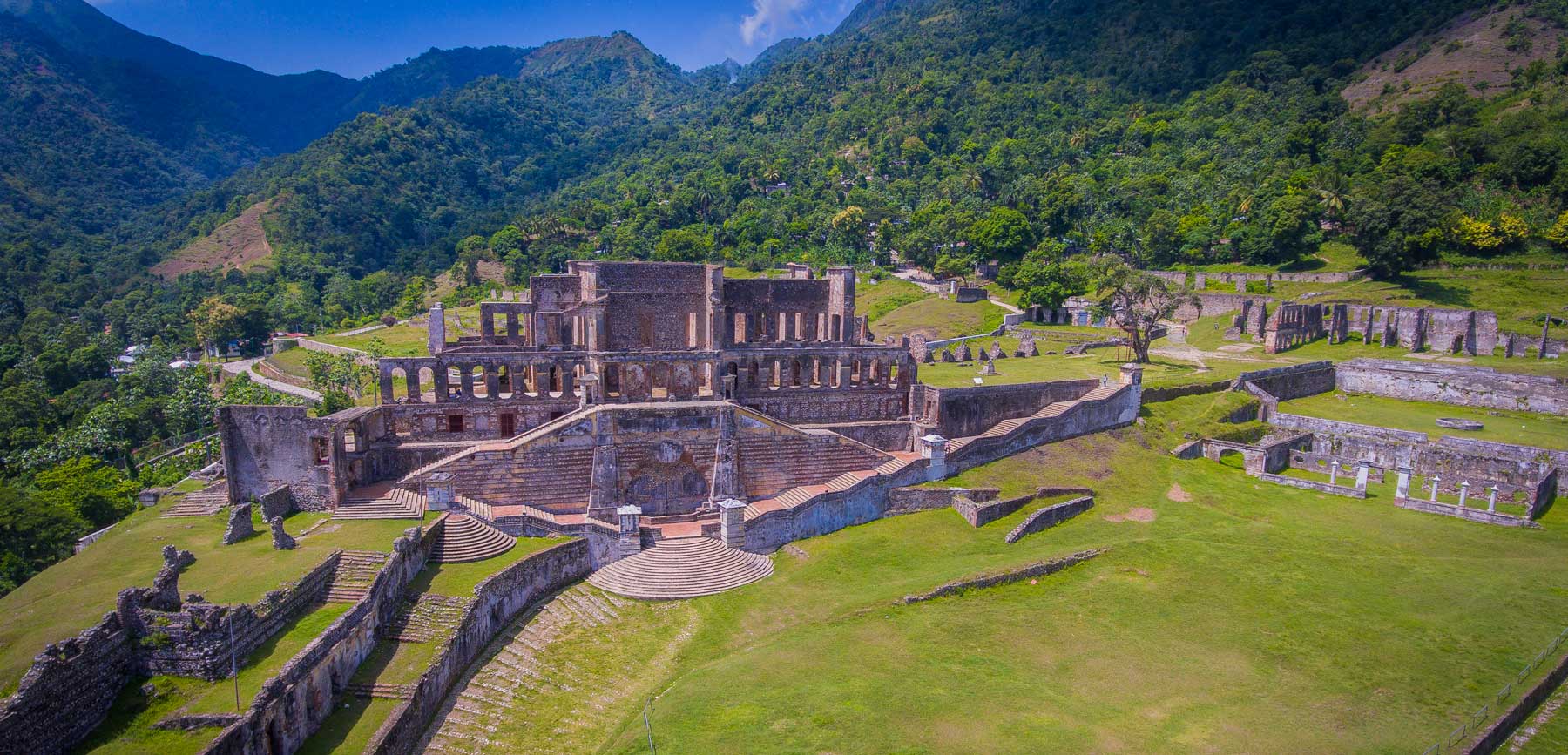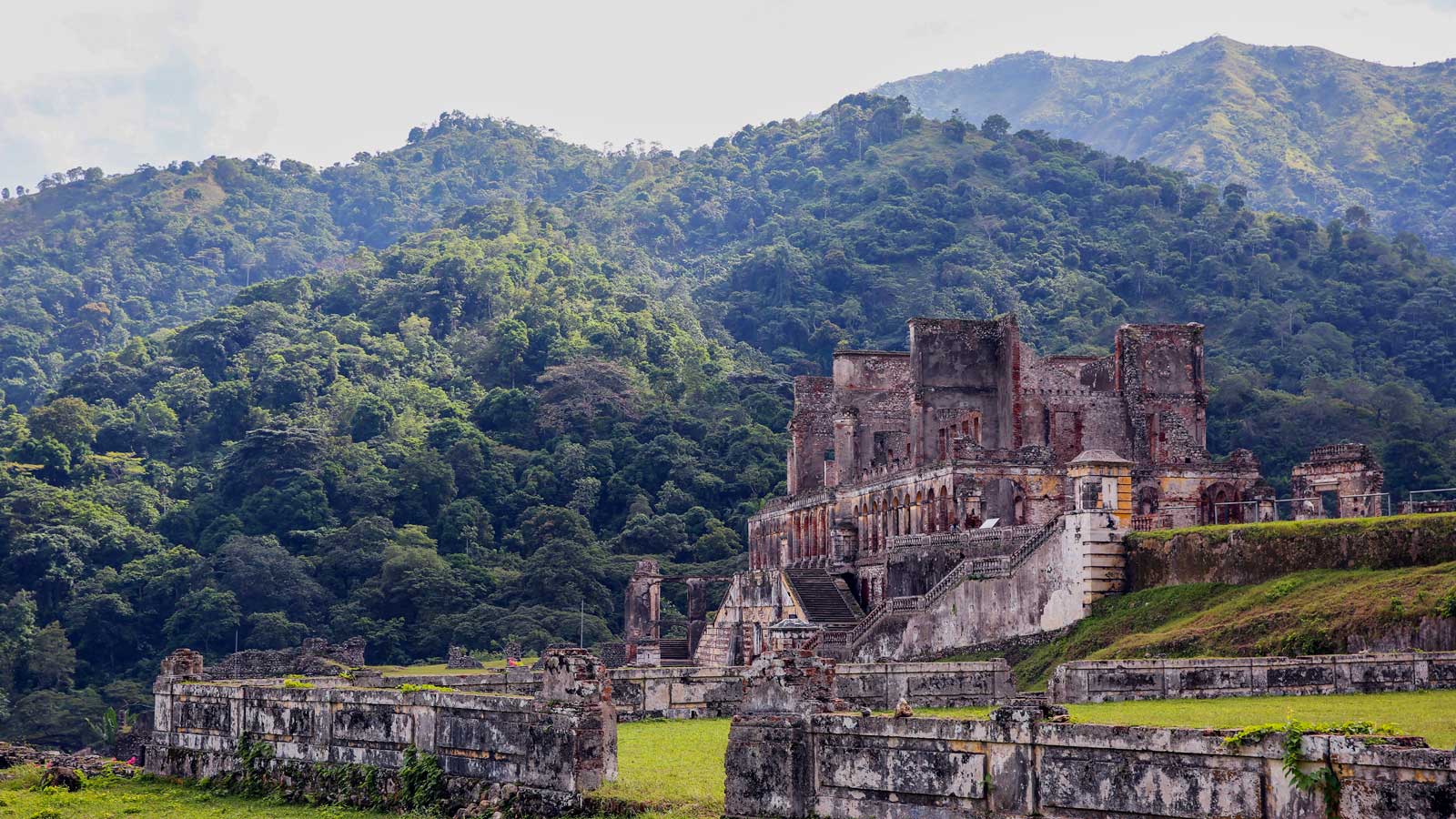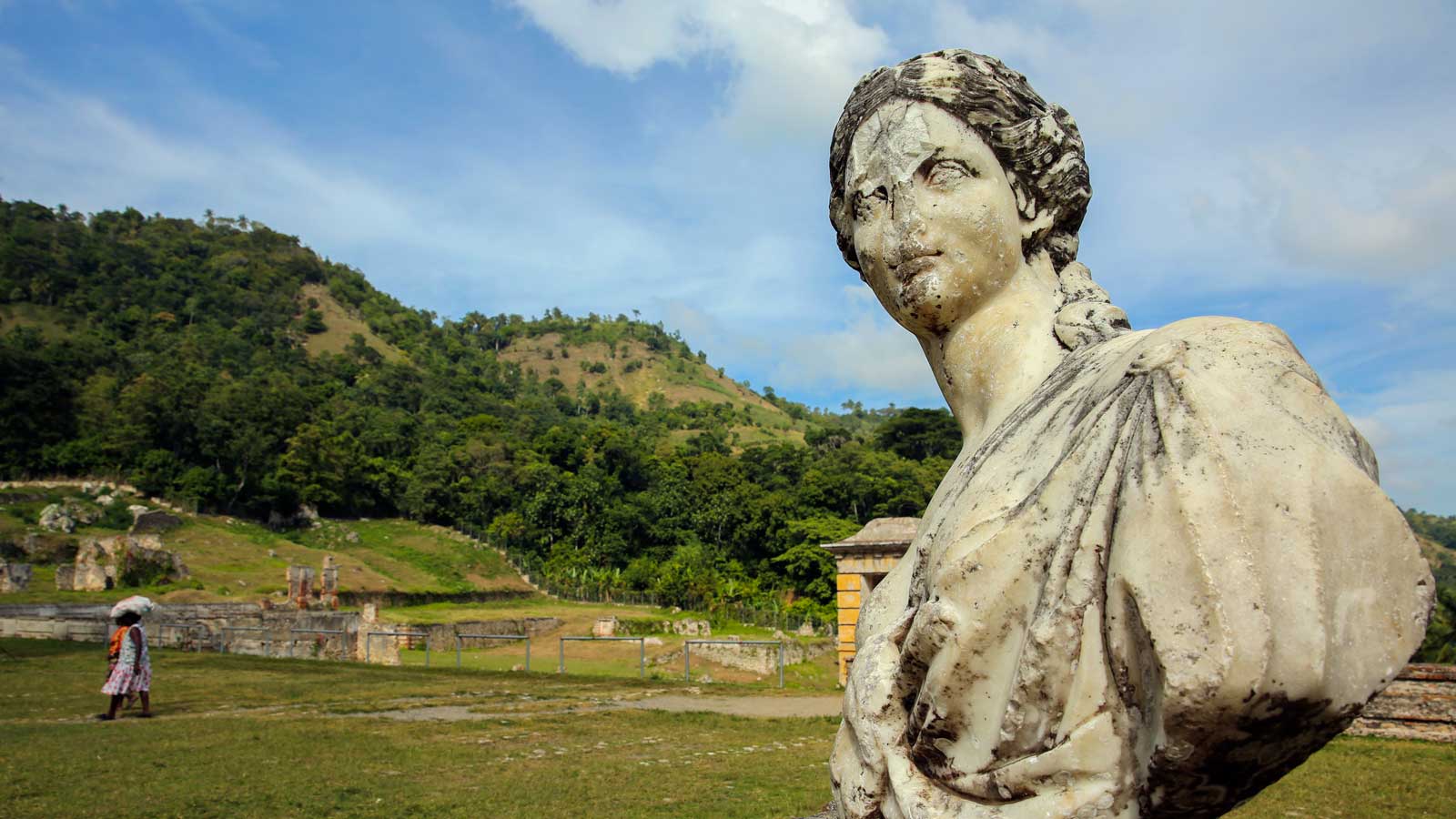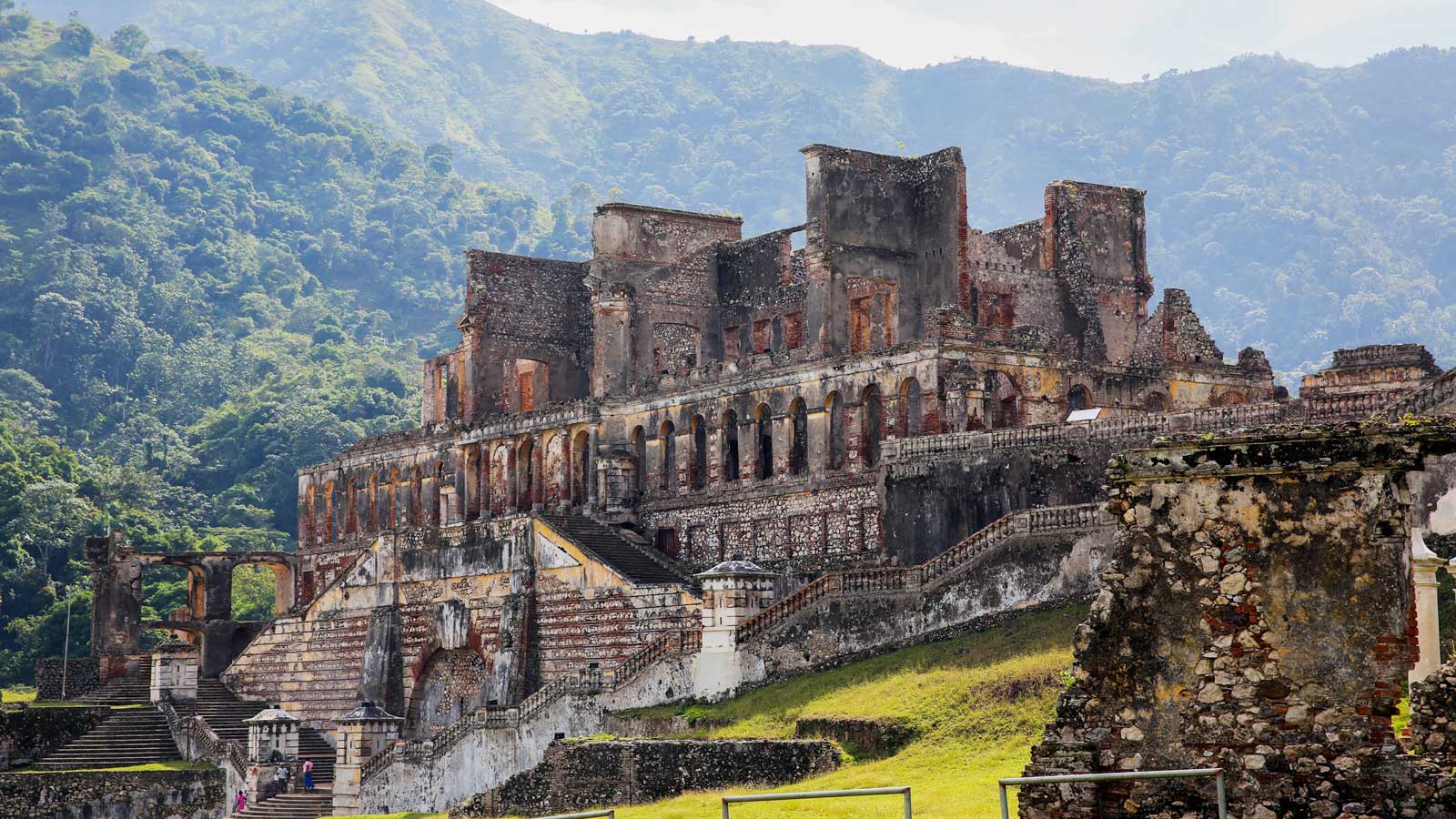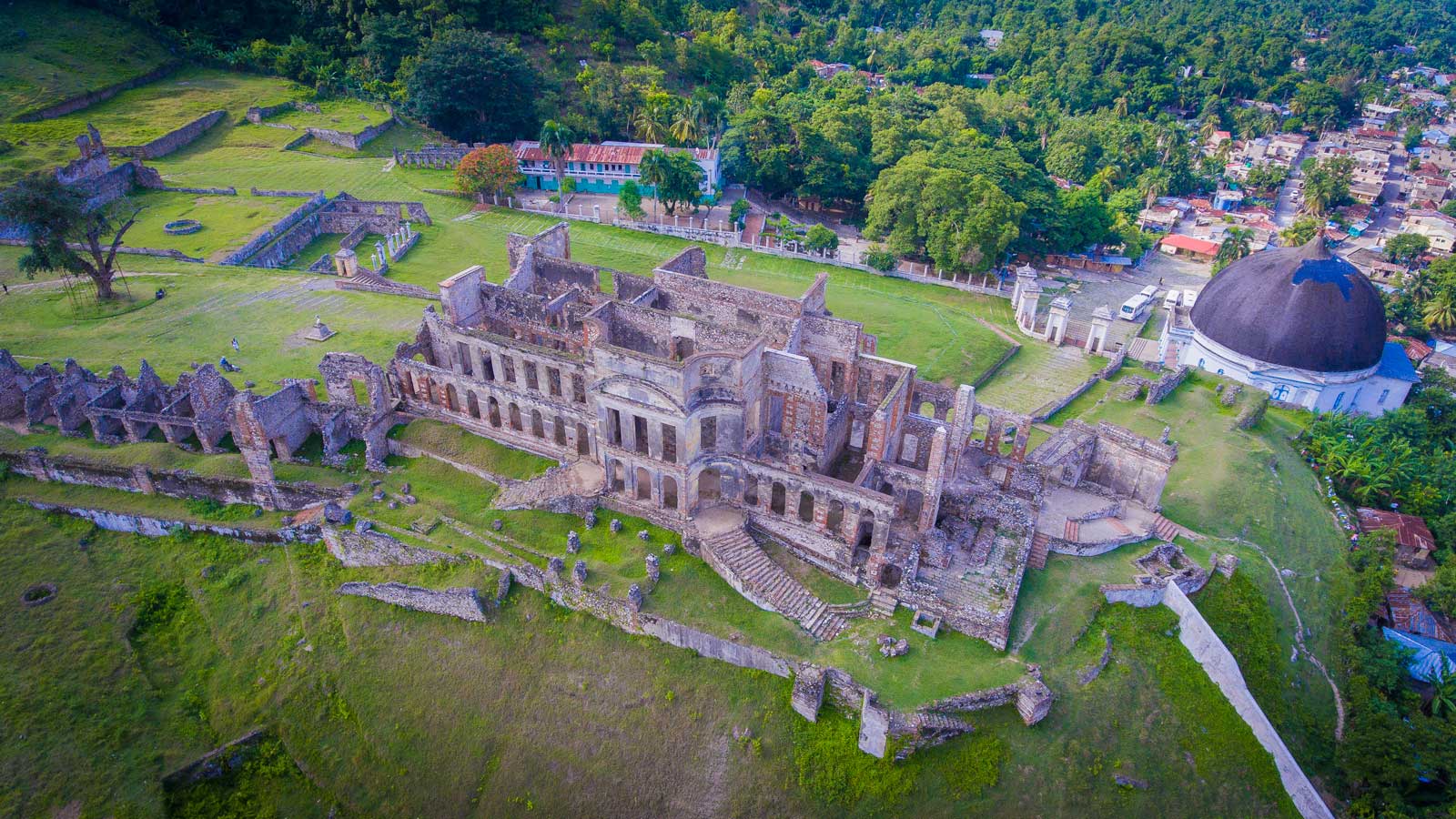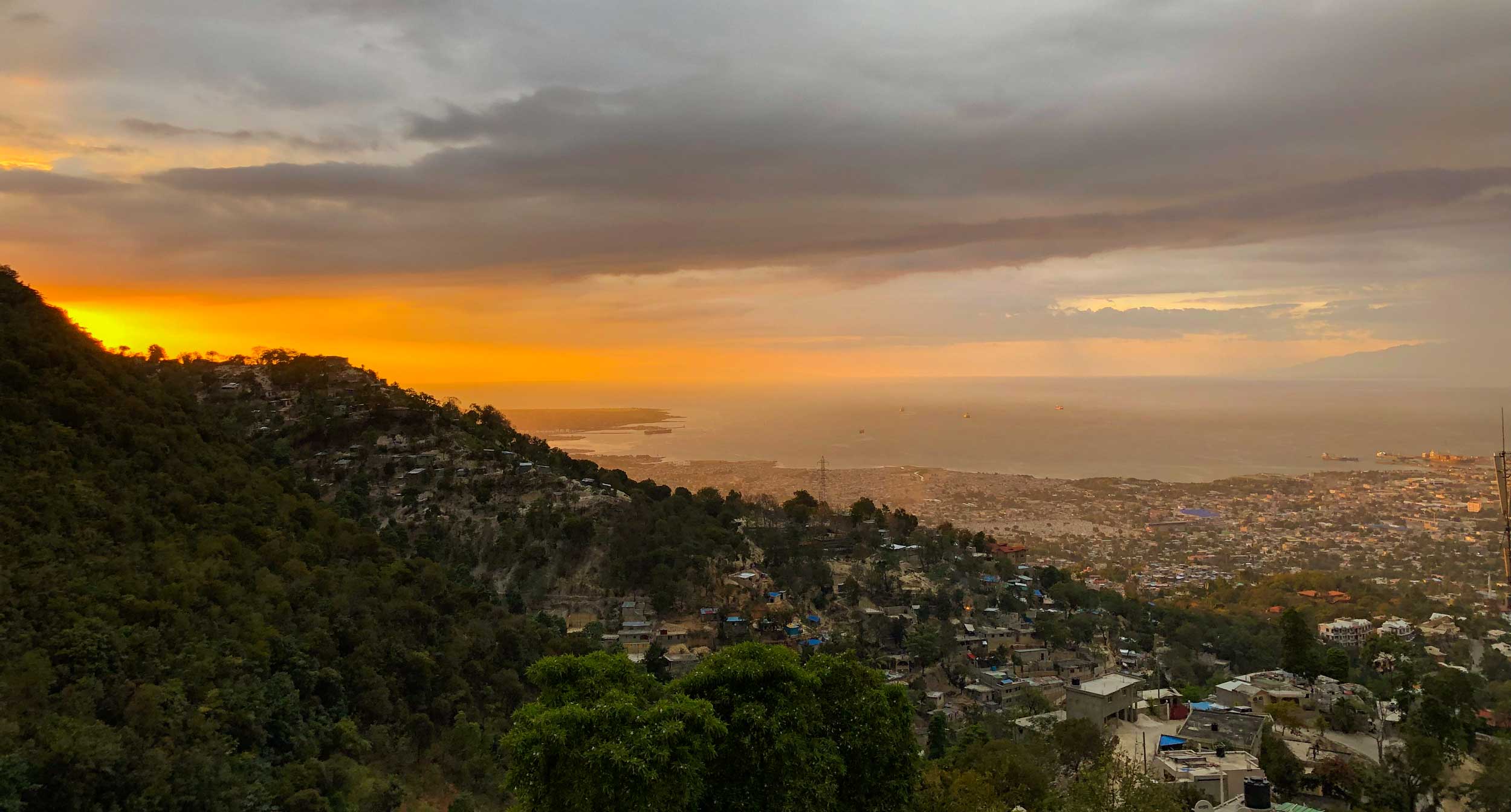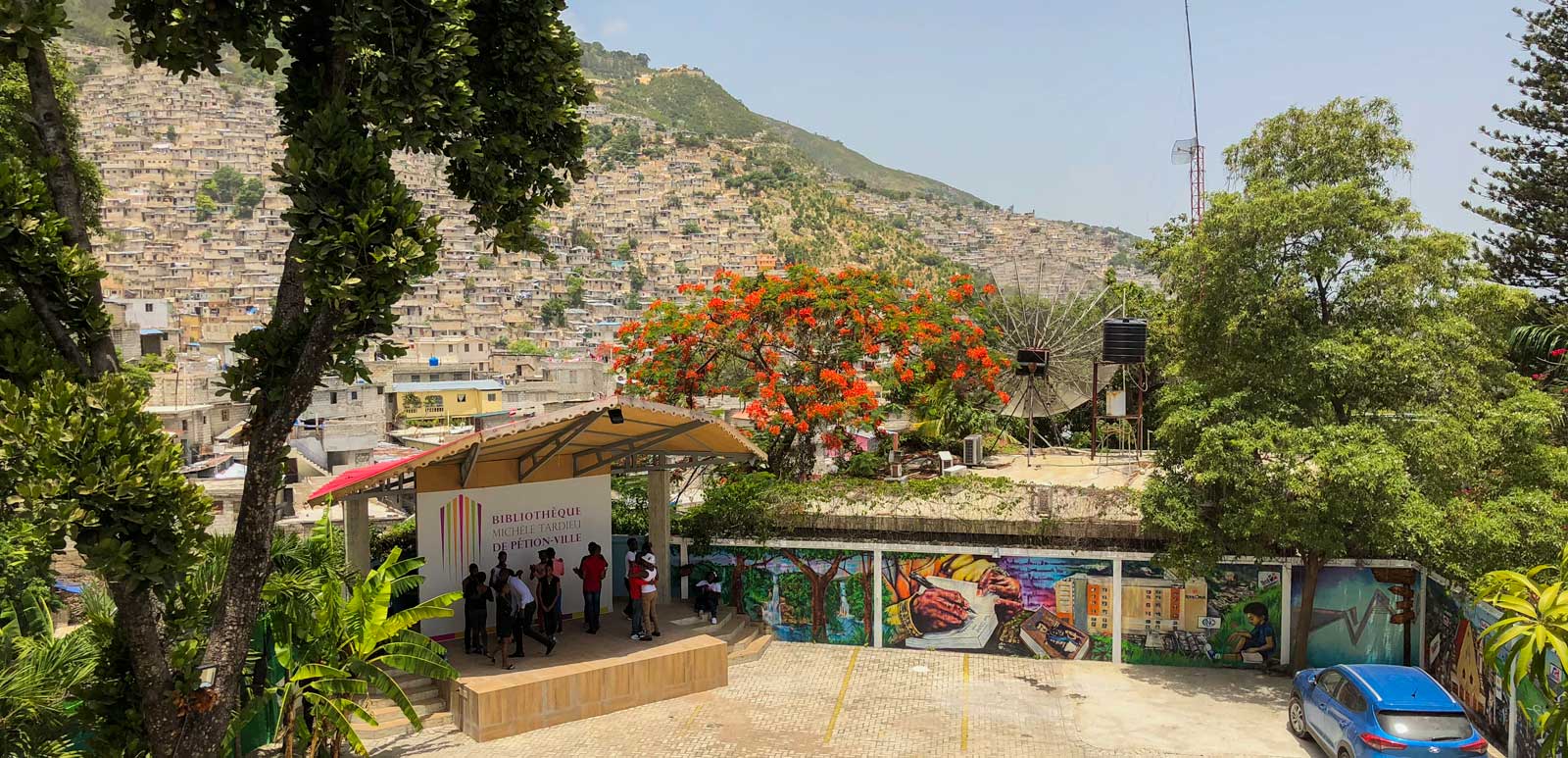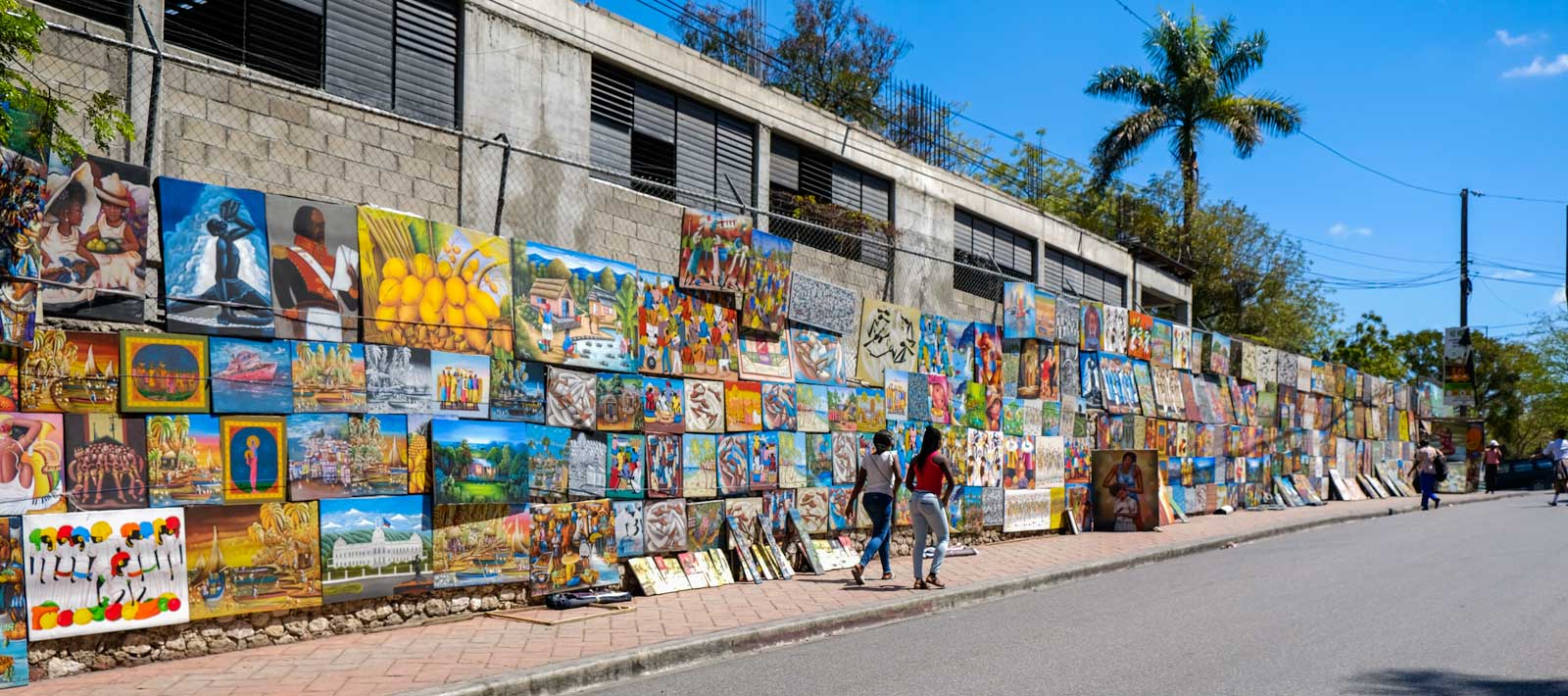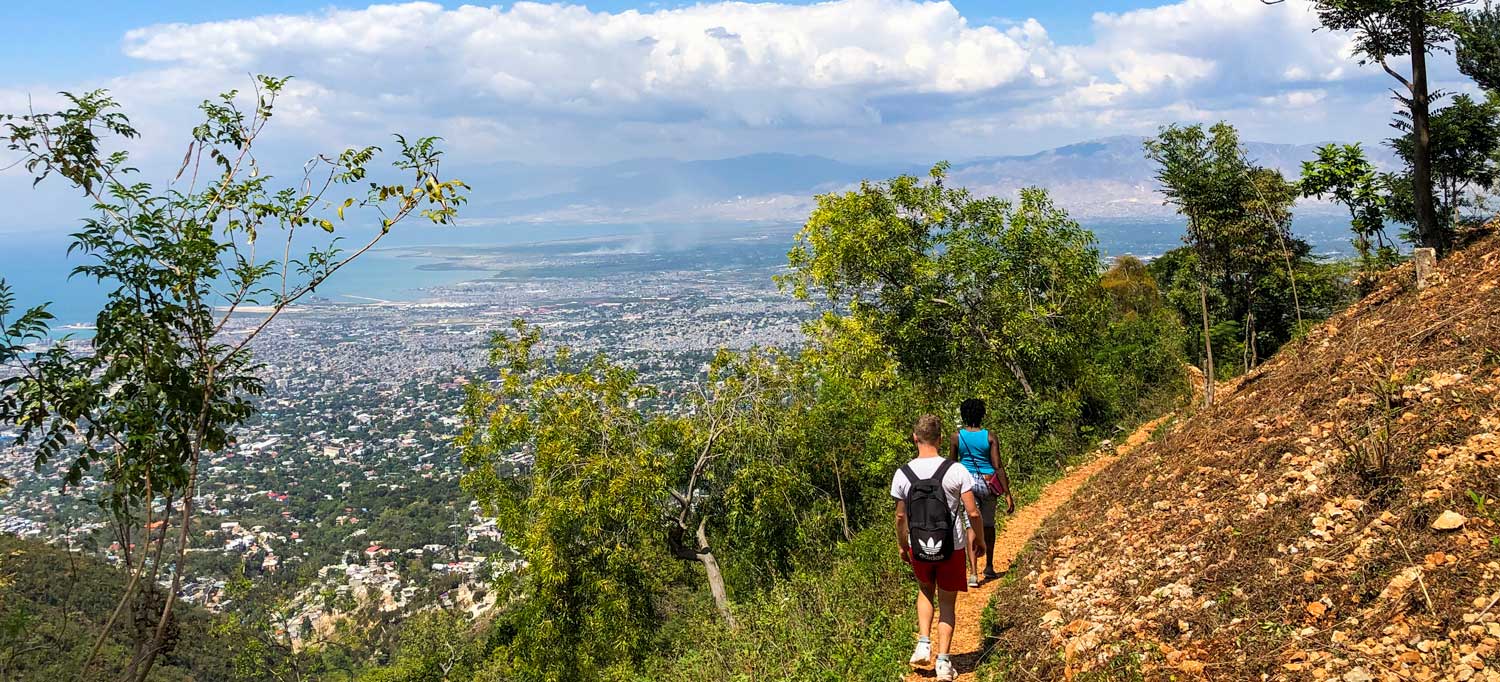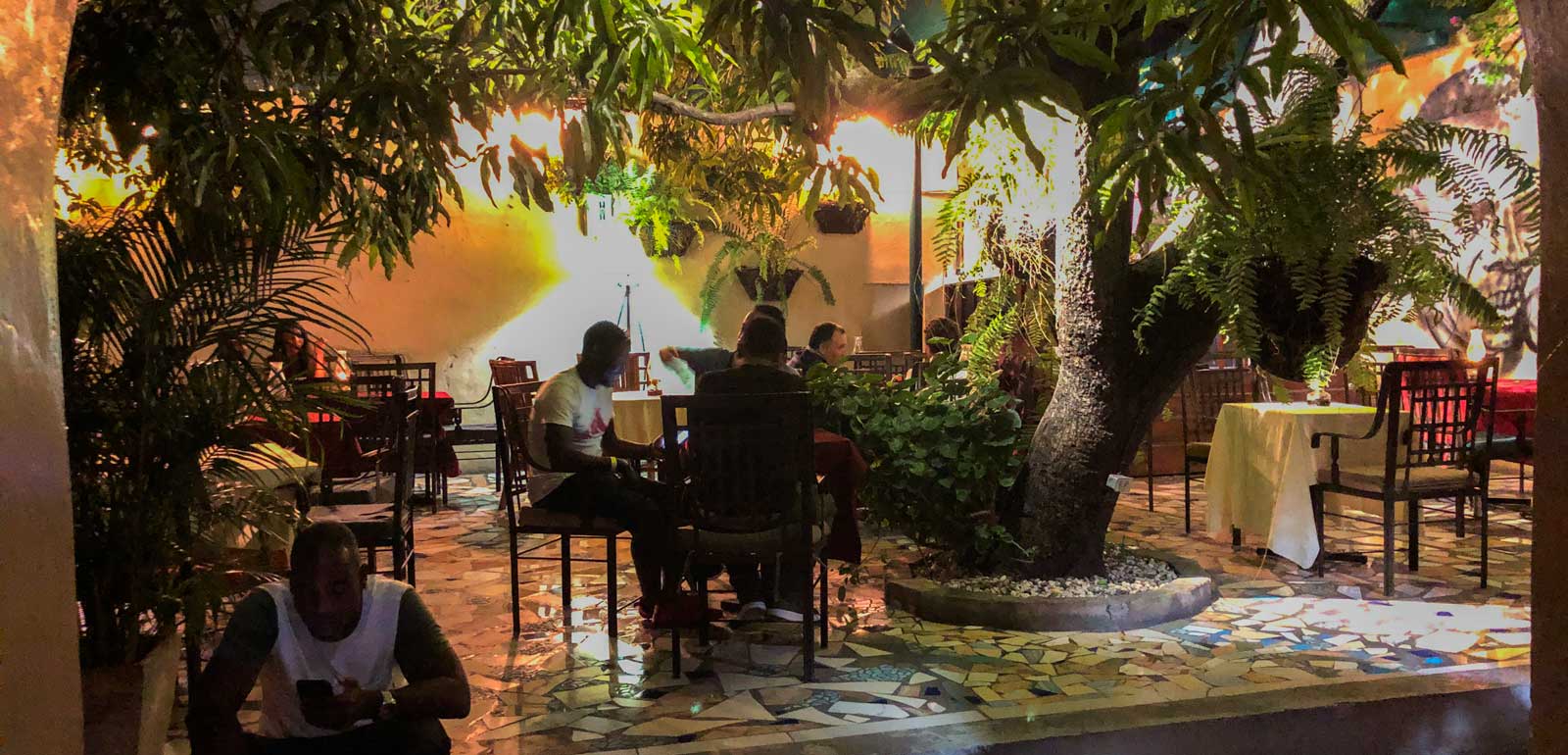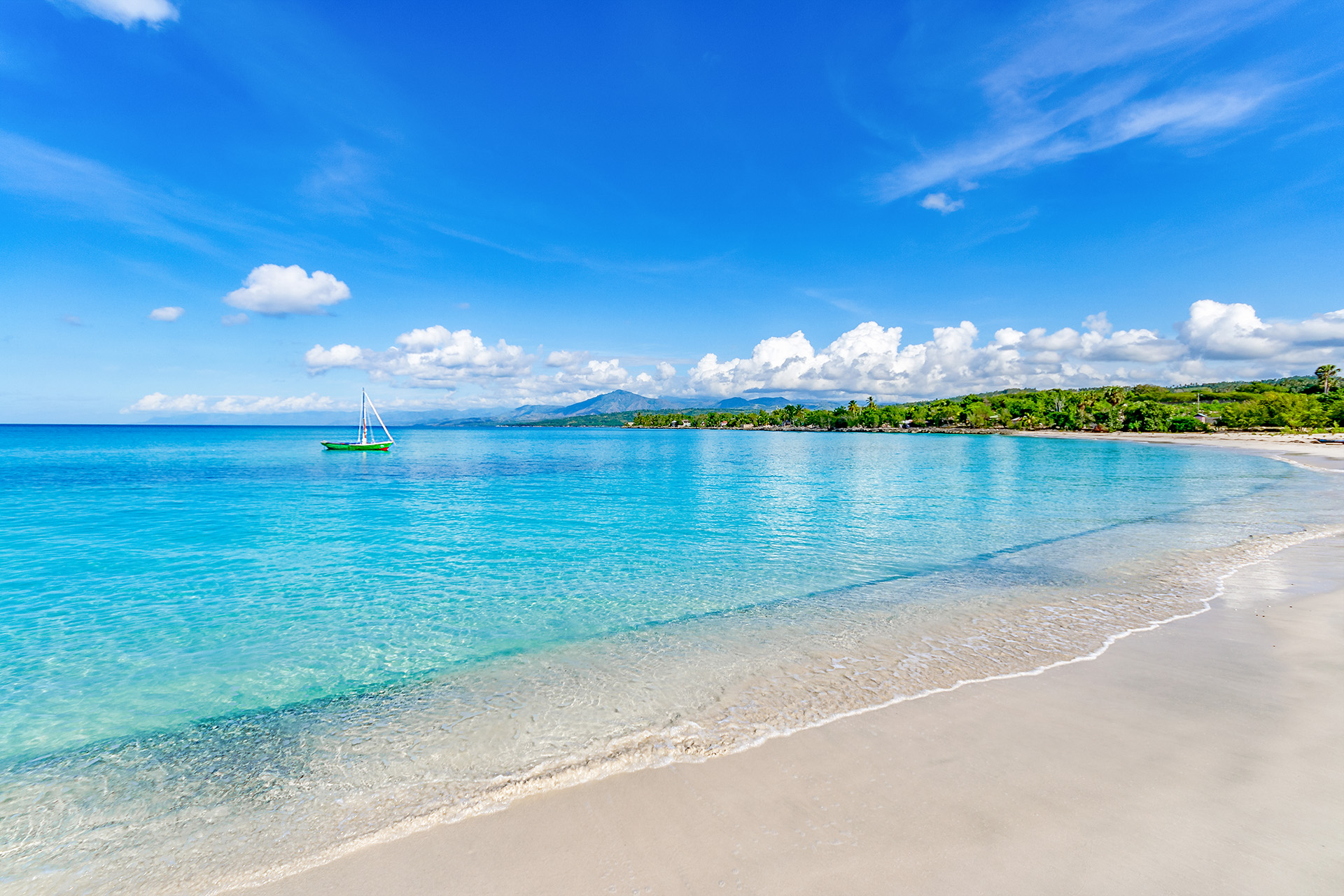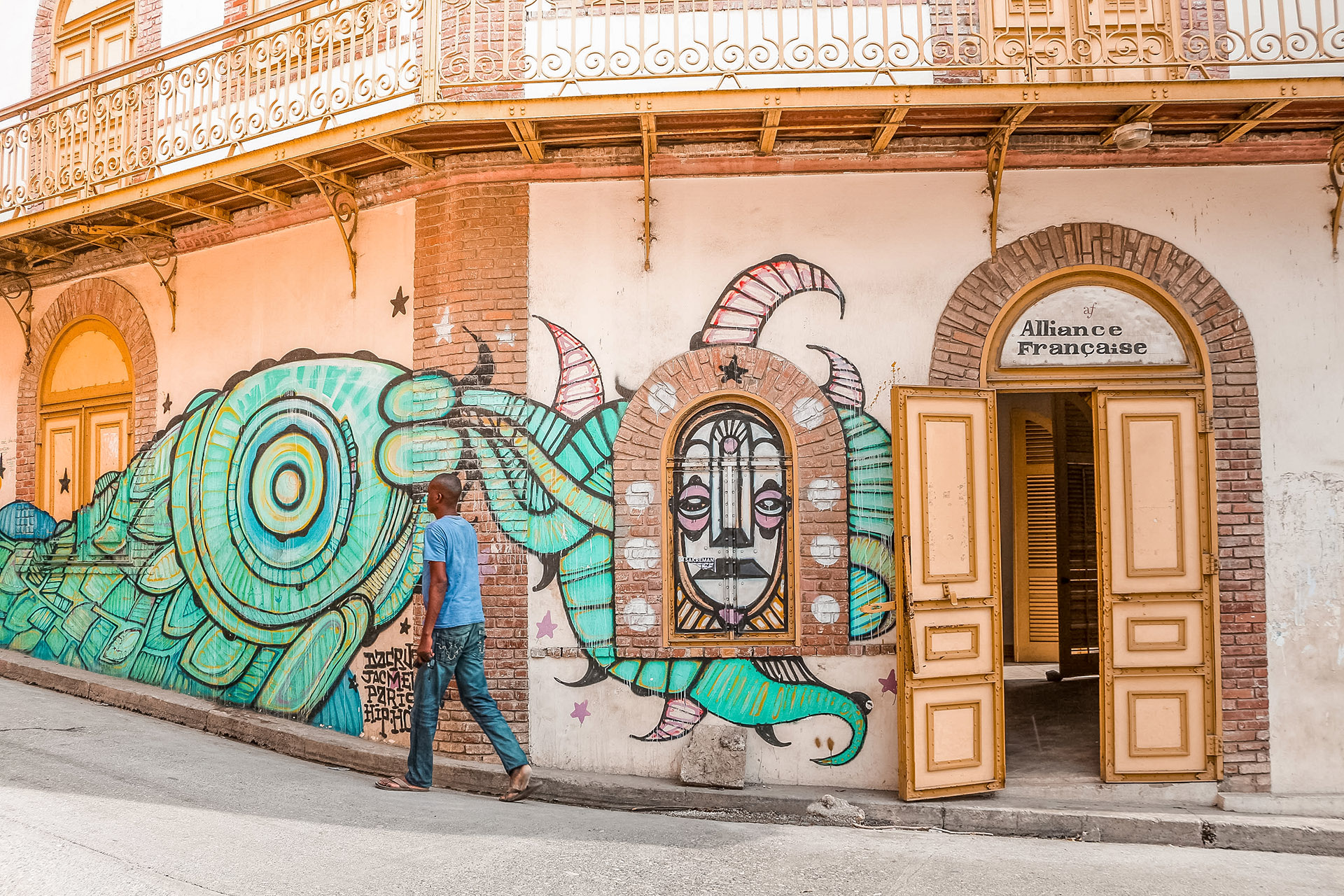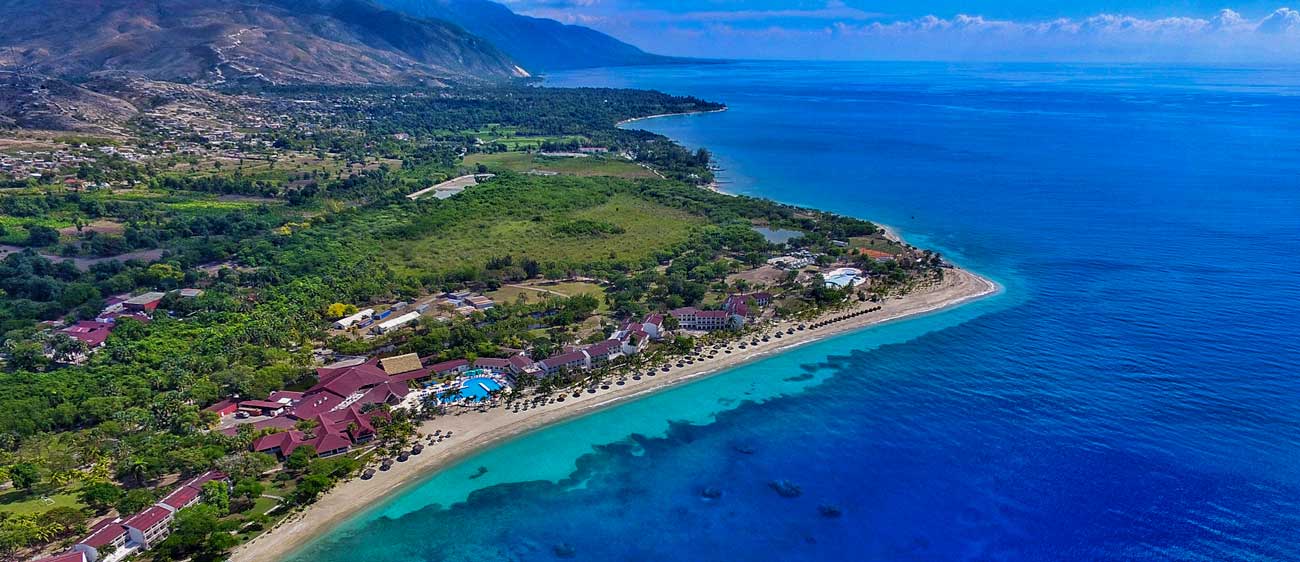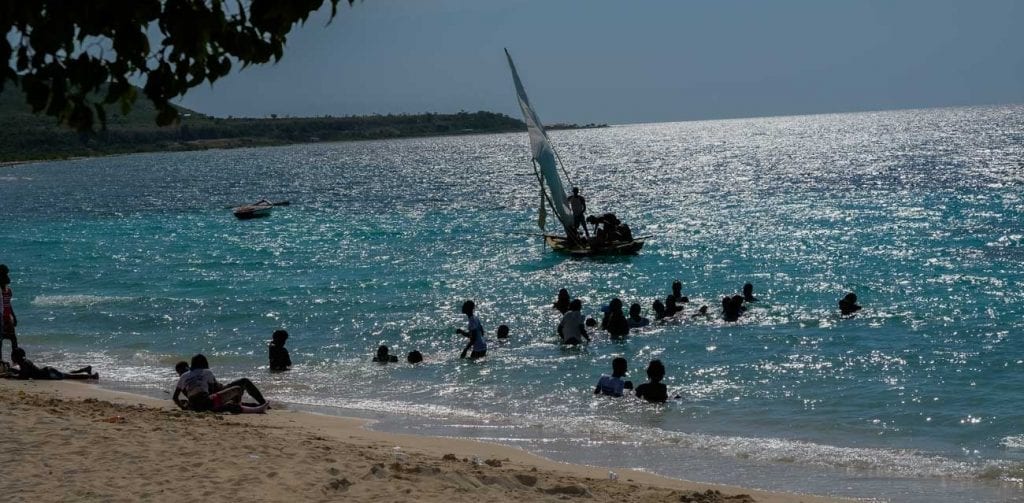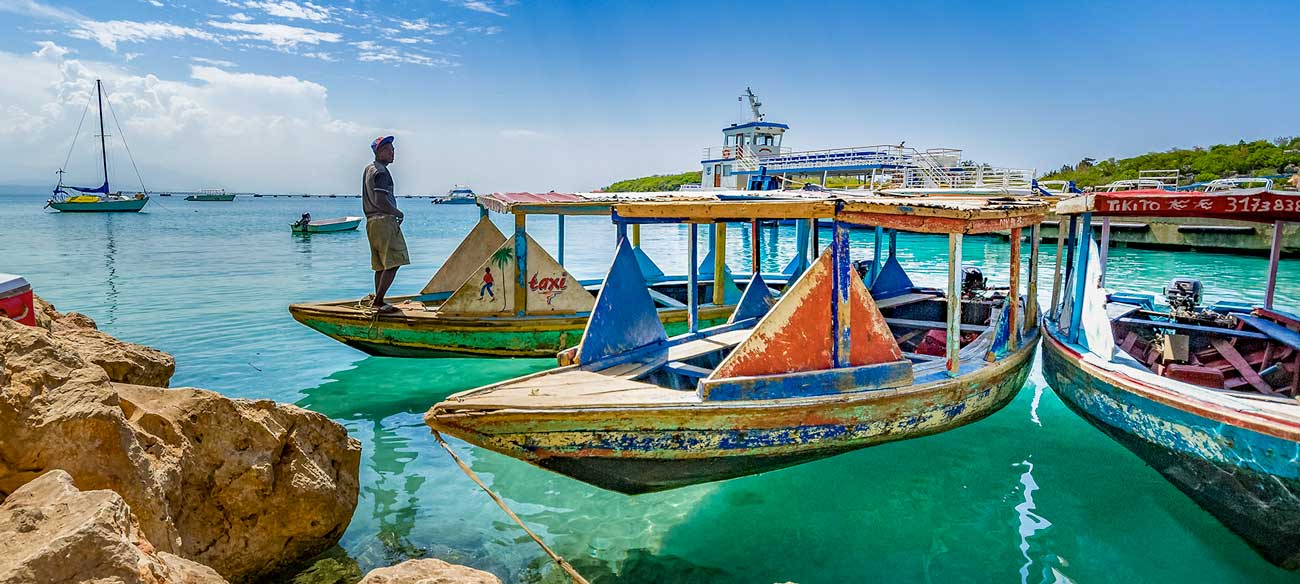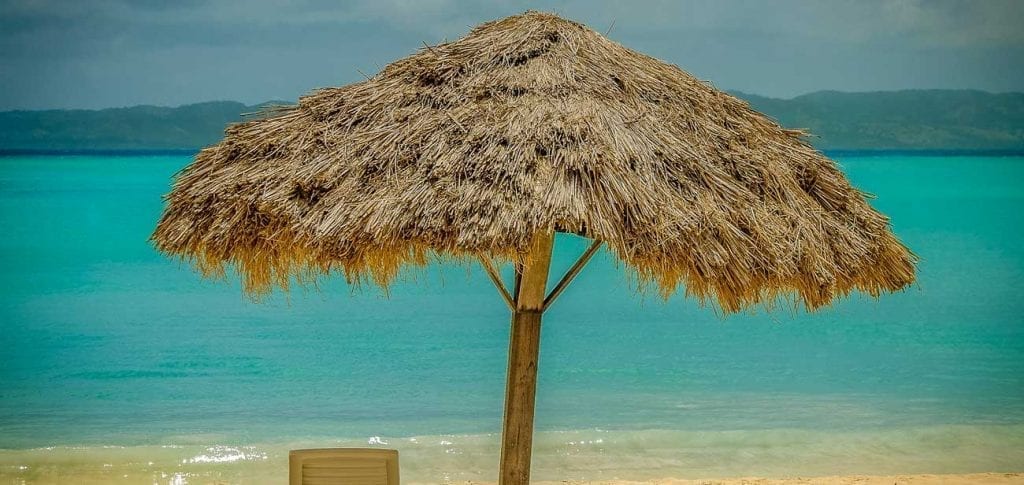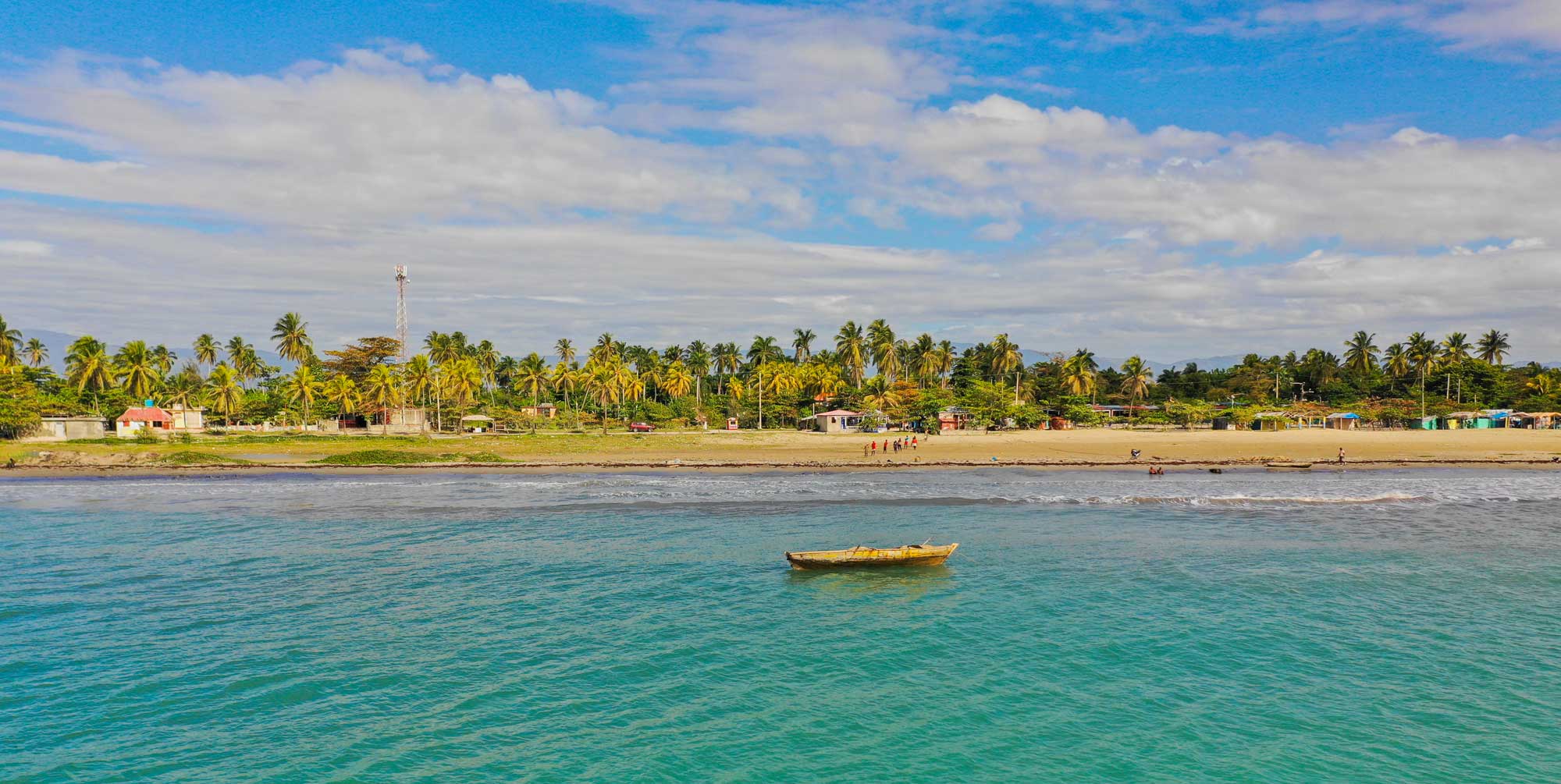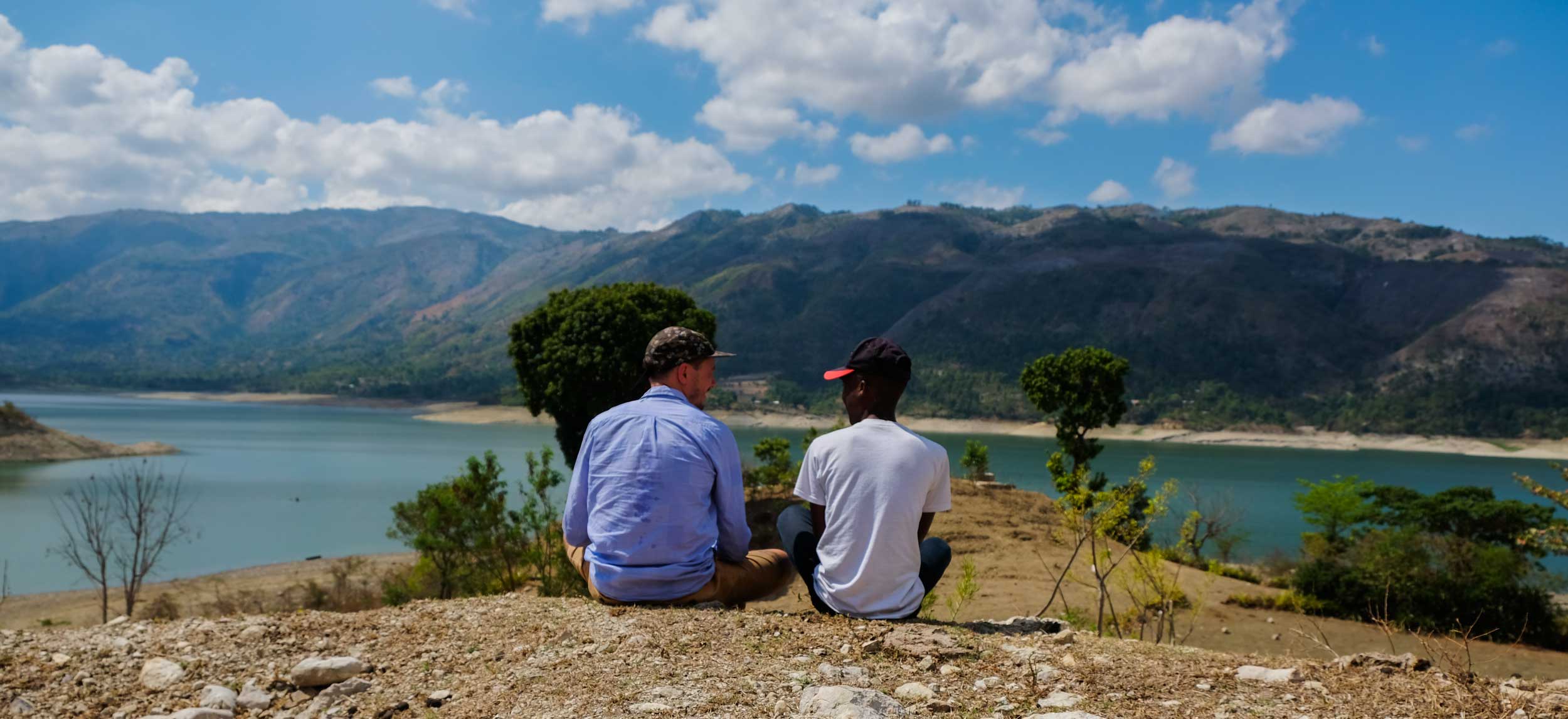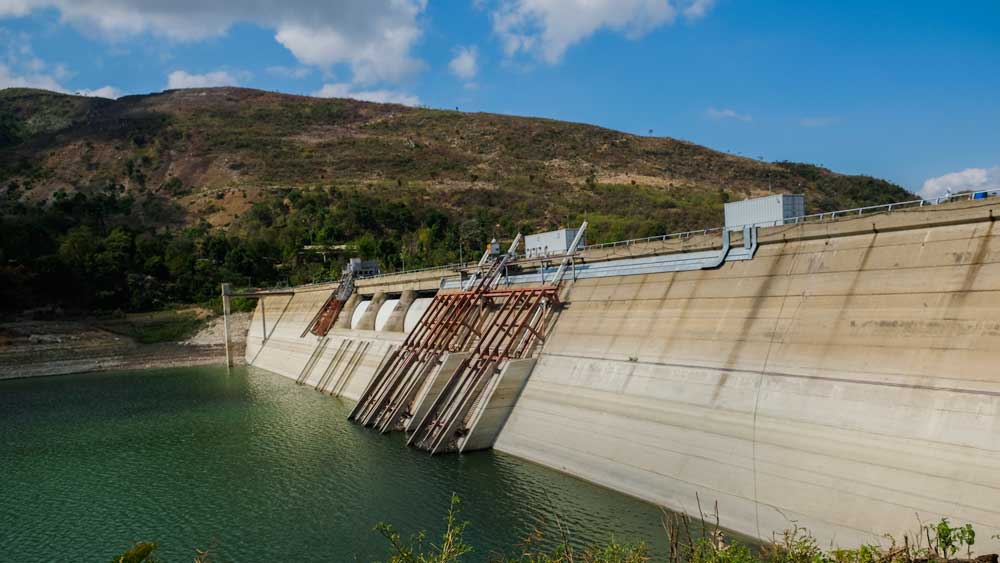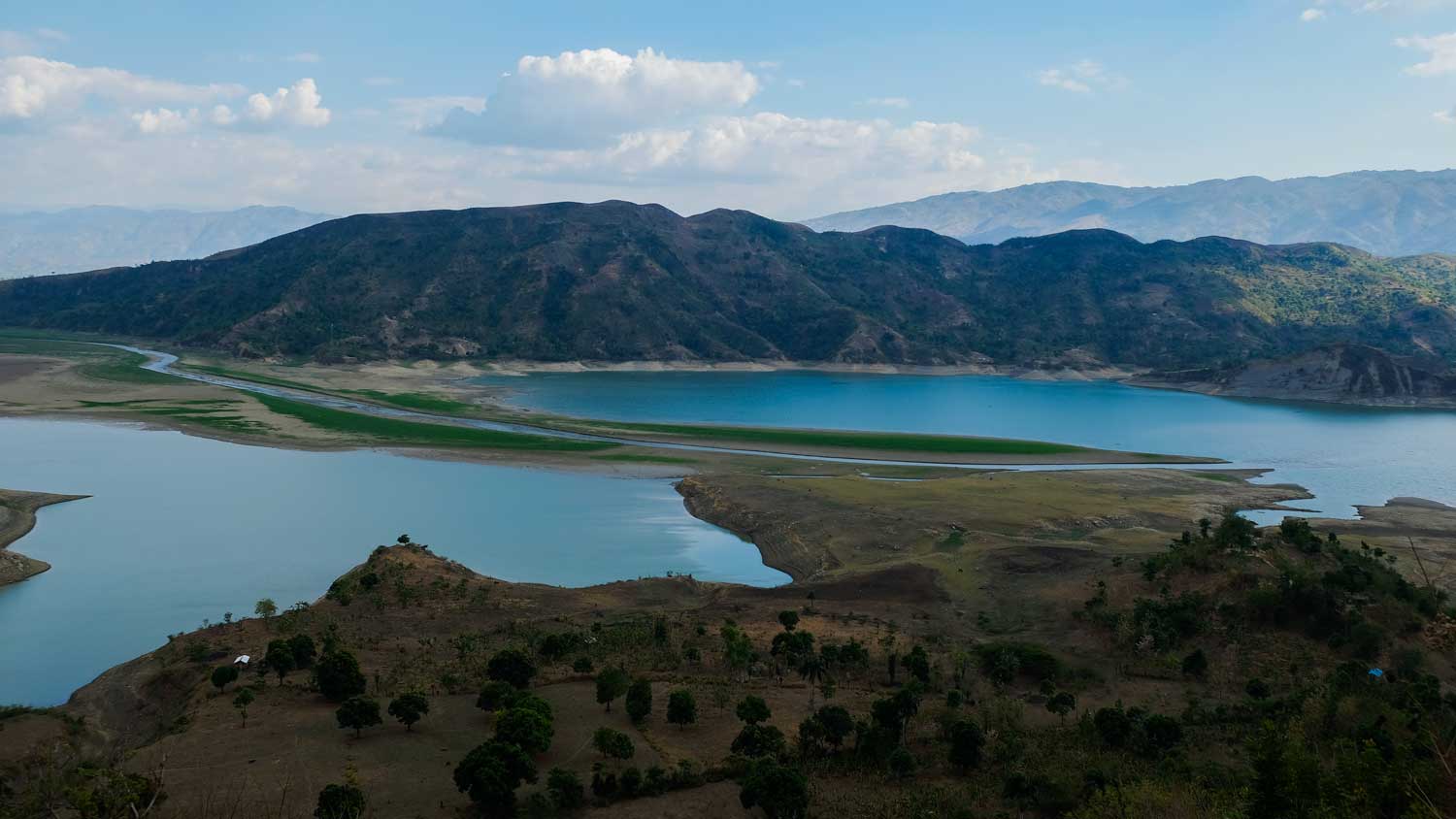
Photo: Franck Fontain
Visit Parc Historique de la Canne à Sucre
Once a working sugar cane plantation, Parc Historique de la Canne à Sucre has been transformed into a open-air museum where visitors can see what Caribbean plantation life was like in 1803, through its collection of colonial-style sugar cane boilers, presses, mills, and even an old narrow gauge steam train.
What was Caribbean plantation life like? See for yourself!
With its well-preserved cane pressing machinery, distilleries and historical buildings, spread over multiple acres, a visit here offers tactile insight into the days when it was fully-functioning, in the era when Haiti was in the last stages of its struggle for independence. Up to the early 19th century, cane sugar and its products played a huge role in Haiti’s internal economy and international trade. The museum pays tribute to the role Haiti played in the global balance of power at the time.
Parc Historique de la Canne à Sucre
Photo: Franck Fontain
The museum’s formal buildings are divided into themed rooms. One of the most popular is the Taíno-Amerindian room. It contains original artifacts from the pre-Colombus era, when Hispaniola was populated by Taíno and Arawak Amerindians. The household items and religious relics provide a treasure of insight into life before Christopher Columbus’ arrival in 1492.
Taking a guided tour through the park is a great way to understand more of what you’ll see. In the grounds you’ll stumble across a genuine steam engine parked on the grass. Follow the stone paths and you’ll find water mills, aqueducts, a rum distillery, and many other vestiges of plantation life. Everything has been preserved in its original form by the Auguste family. History buffs are in for a treat.
Events
As well as serving as Haiti’s premiere colonial era museum, the former plantation also hosts a variety of forward-focused cultural events. Jazz festivals have been taking place since 2007 and every December the park holds open-air concerts with Haitian headliners like Ram and Tabou Combo.
The annual October artisan market, Artisanat en Fete, is Haiti’s biggest craft fair. Every year 200-300 Haitian artisans are invited to Parc Historique de la Canne à Sucre to sell their wares. Thousands of tourists and residents descend on the Parc to do early Christmas shopping over a long weekend.
At the Artisanat en Fete you’ll find the full gamut of artisan products, from food, wine, honey and hot sauces to handbags, fashion, home décor, hammered metal and living room sets carved out of driftwood. It’s a three day extravaganza of food, shopping, and networking that cannot be missed!
The park has been updated to include some post-1800 comforts like bathrooms, restaurant stalls, and pavilions, making it a pleasant way to spend a day. Stone pathways zig-zag through the grass and when the tropical trees are in bloom the falling red flowers lay a flame-colored carpet across the grass.
Getting there
To find Parc Historique de la Canne à Sucre, drive down Boulevard du 15 Octobre until you reach the American Embassy. The park’s main entrance is located across the street behind decorative metal fences arched in bougainvillea flowers.
Written by Emily Bauman.
Published April 2019
Find Parc Historique de la Canne à Sucre
External Links
Follow the Park on Facebook

Our Recommendations

Paradise for your inbox
Your monthly ticket to Haiti awaits! Get first-hand travel tips, the latest news, and inspiring stories delivered straight to your inbox—no spam, just paradise.









